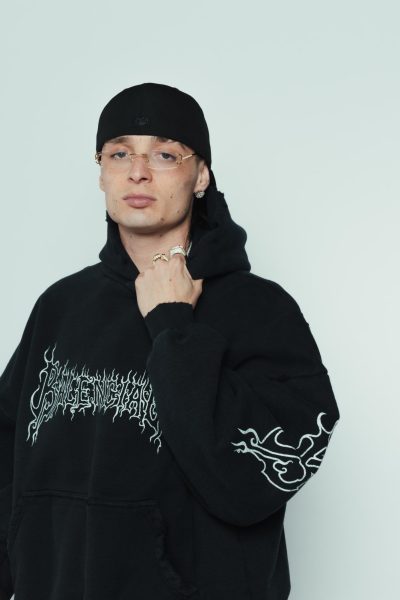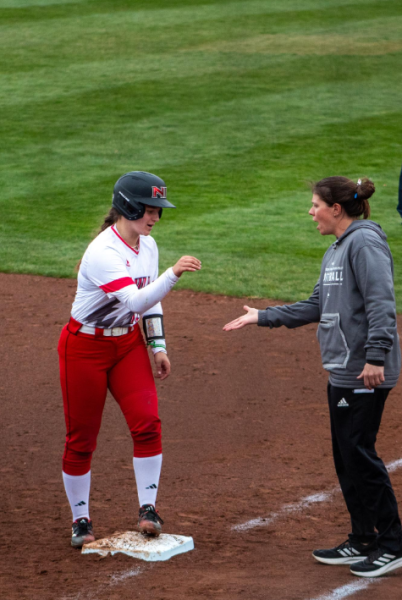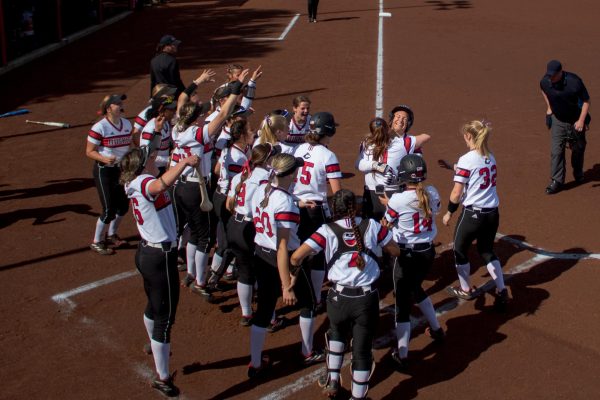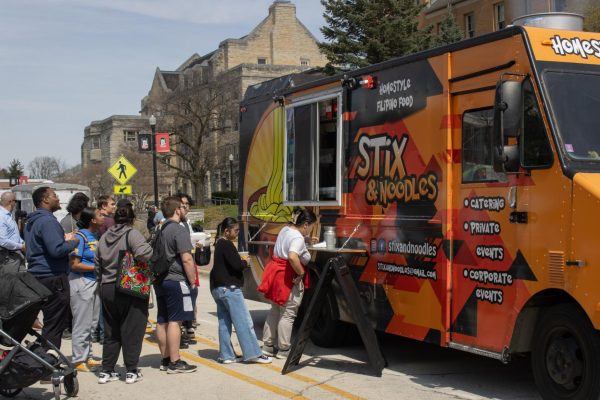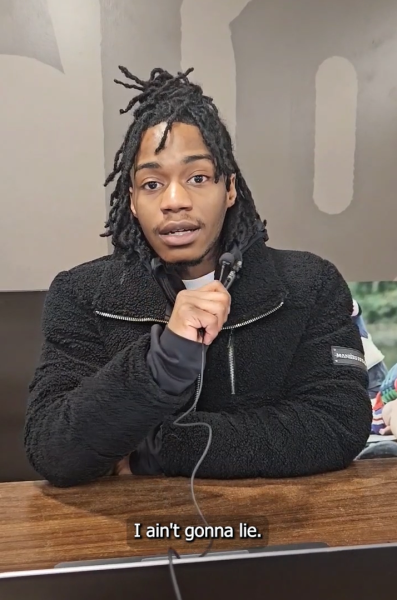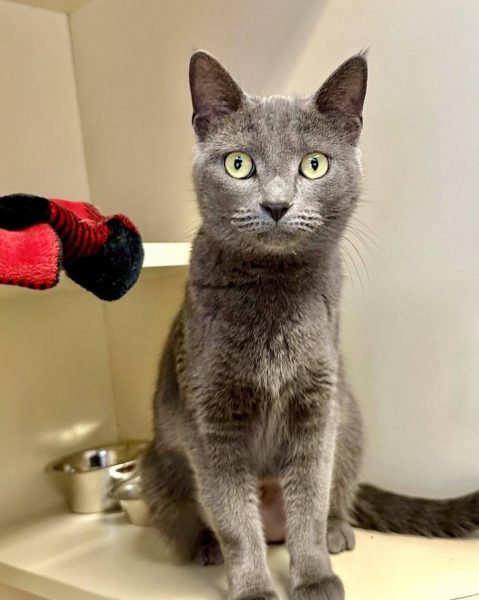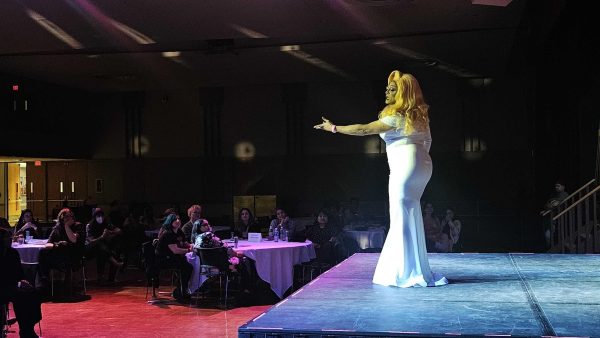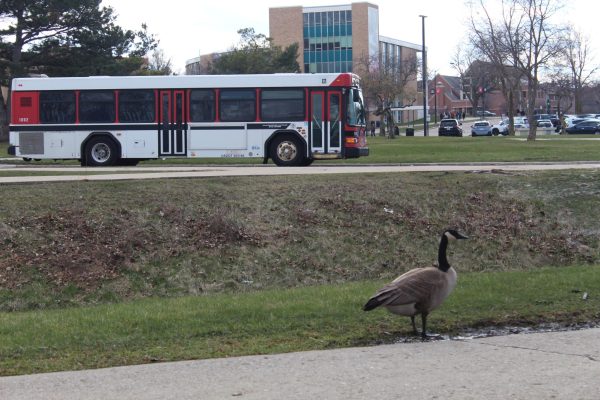A tug at the heartstrings: The thing about bands and orchestral accompanyment
April 18, 2012
Unlike most things, Death Cab for Cutie is better with strings attached.
Let me explain.
After collaborating with the Magik*Magik Orchestra — a string octet from San Francisco — on 2011’s Codes and Keys, Death Cab decided that some of their older songs would benefit from the swelling sounds of violins and cellos. Magik*Magik’s founder and conductor Minna Choi composed arrangements for over 15 Death Cab songs, and a tour was born.
When I heard about the tour, I was a bit conflicted. Death Cab for Cutie has been one of my favorite bands for many years, but I’d already seen them a handful of times. Curiosity about the Magik*Magik Orchestra and a sudden excess of funds won out, and I scored tickets to the April 17 show in Chicago.
What is it with bands and orchestral accompaniment? Are orchestra tours the product of artists striving to continue wowing their fans or simply the dying breaths of bands who have run out of new things to play?
It’s an odd trend when Kansas is opting to play with the NIU Orchestra.
Waiting in line at the Chicago Theater on Tuesday, I examined my experiences with the orchestra gimmick.
When I was 12 years old, iconic metal band Metallica released an album called S&M. Recorded with the backing of the San Francisco Symphony, the album positively blew my pre-teen mind. My personal love of music was beginning to materialize, and hearing music that epic confirmed that I was a goner. The album’s version of “Until It Sleeps” is, to this day, one of my favorite songs.
Fast-forward about seven years later: I’m sitting on the grass of Jay Pritzker Pavilion in downtown Chicago, waiting for The Decemberists to take the stage. The show is special because it is A) free and B) being performed with the aid of the Grant Park Orchestra. The band kicked up and – just like with S&M – suddenly, everything changed. Again, this band was clearly striving to make us hear something beneath familiar tracks.
The impact of these experiences made my heart hammer as the lights fell and Death Cab for Cutie took the stage.
From the violin run that accompanied the jumping bass line of “Different Names For The Same Thing” to the intensely vulnerable, poignant finale of “Transatlanticism,” Death Cab confirmed to the audience that everything old can be new again if an artist and fans know how to handle it.
So when your favorite band decides to set off on a tour with either a full orchestra or banjo section or steel drum quartet, take heart: They aren’t trying to take your money without writing new songs; they are trying to tug at whatever heart strings they’ve yet to handle.




